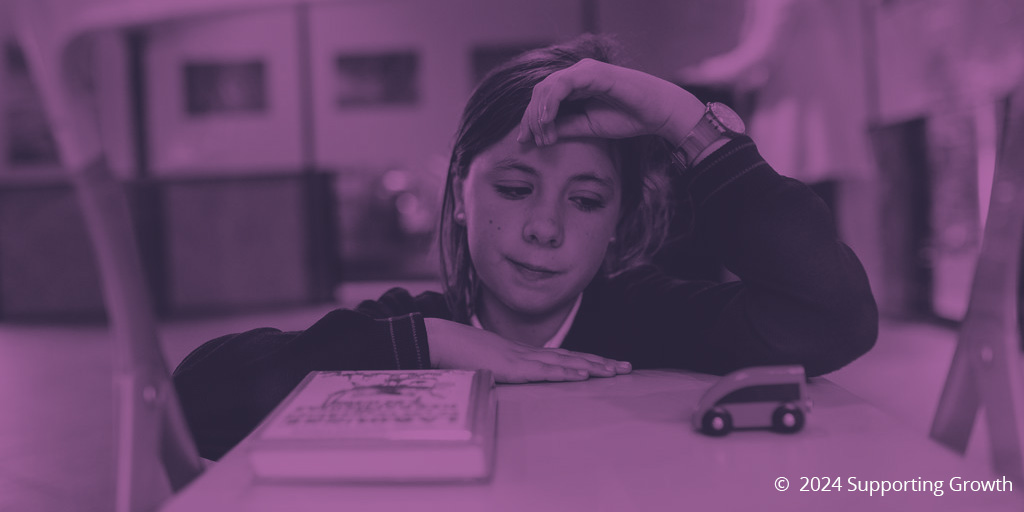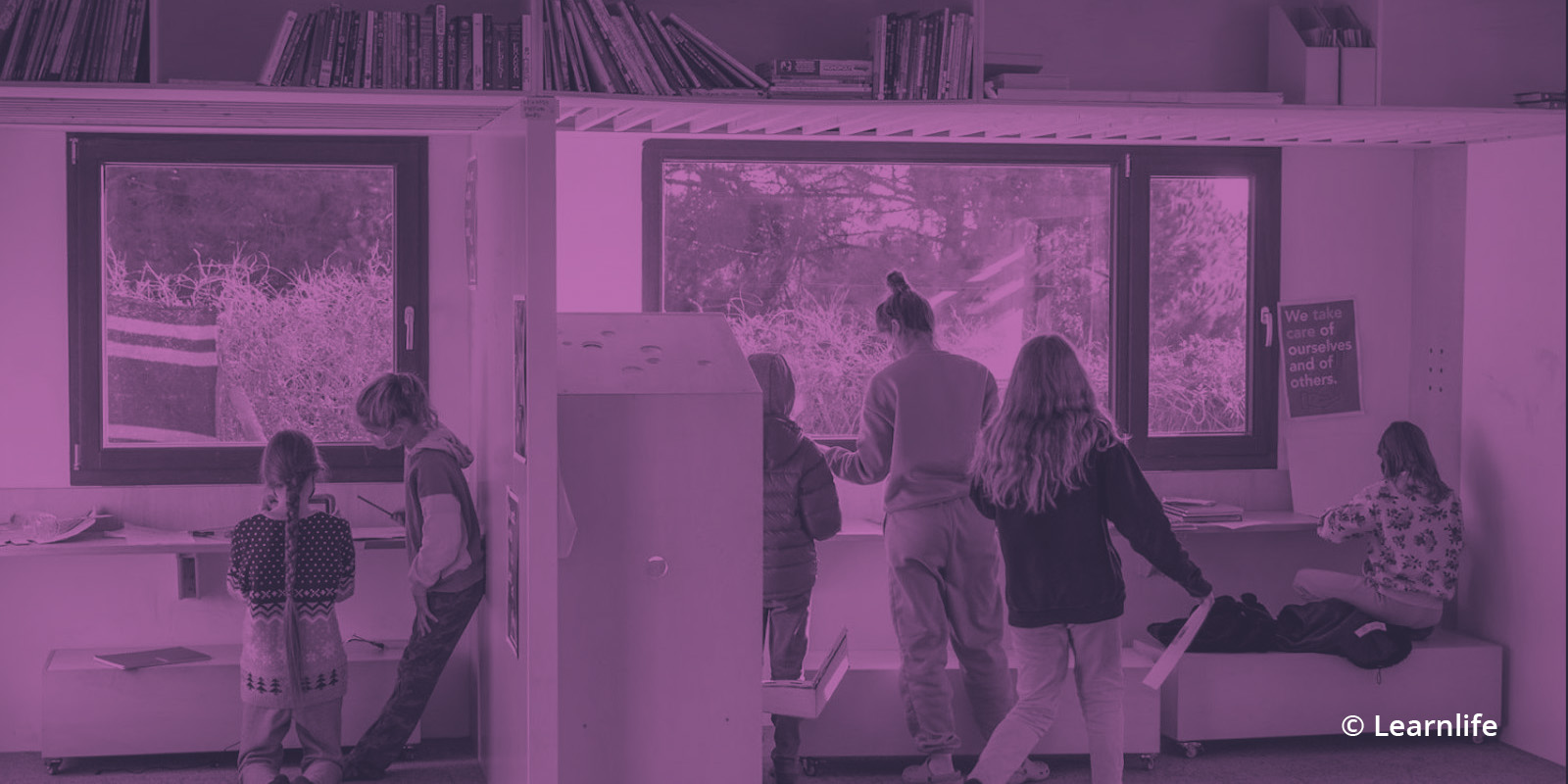“To talk about education is to talk about inclusion, happiness, passion, innovation, emotion, research, creativity, cooperation, rights, justice, and vocation. We cannot talk about happiness or innovation without considering inclusion because without inclusion, there is neither happiness nor innovation”
Eugenia Pérez. Aula Inclusiva. Experiencias Prácticas
Inclusion is an enshrined right in the legislation of our country and international legislation. The UN (United Nations) approved the Convention on the rights of persons with disabilities (CRPD) in 2006, and our government ratified it in 2008. In the 74 points of ARTICLE 24 on inclusive education, everything related to inclusion is clearly stated.
Everyone has the right to the best education
To build an inclusive education and school, we must transform the obsolete educational system we have today, based on “models and practices” of the 18th century. As all people have the right to a good education, a change of outlook and educational practices is required considering all their abilities and competencies and having all the opportunities and possibilities to be first-class citizens in the 21st century.

To build an inclusive education and school, we must transform the obsolete educational system we have today
Is everybody in society very clear about inclusion, integration, and their significant differences? From my experience, I can say that the answer is no. Most of the time, both terms are often used as synonyms. Therefore, it is urgent and necessary to learn and be very clear about these differences to know precisely what we are talking about when referring to inclusion and inclusive education.
What is co-teaching?
When speaking of shared teaching as a fundamental pillar of inclusive education, it is about teamwork. When providing excellent attention to diversity. The mere fact of two or more people (teachers, experts, etc.) working in the same classroom space is not shared teaching if they are not working as a team.
A cohesive team of teachers is much more powerful and capable of proposing changes and developing more systematic and lasting innovations. It is easier to reorient educational practices change attitudes and values in the teaching staff when the team has common goals and shares the same objectives. It also favours the quality of teaching.
When the team has the same objectives, it is easier to reorient educational practices and promote the quality of teaching

Teamwork between teachers, students, specialists, and the educational community is essential in shared teaching. It establishes a solid basis for cooperation that favours attention to diversity.
Implementing shared teaching in an educational centre requires a firm and decisive commitment to quality education. The necessary transformations to carry it out are profound, as the centre’s organisation must contemplate it. The teaching staff must assume it and actively participate in it.
When it comes to shared teaching, there are some facilitators to be considered:
- Good classroom management.
- Building a good classroom climate and the management of coexistence.
- Working by projects and in inclusion within the ordinary classroom.
- Open school and rich socialisation.
- Teachers build their material with tasks that are open and flexible, allowing various adjustments, through their sites, blog.
How to work with pedagogical partners?
When it comes to implementing measures to cater to diversity, the educational centre has many possibilities, proposals, methodologies, resources, etc. It chooses from among them. It is up to them to choose inclusive instead of those that are less inclusive or simply not inclusive. They can choose, for example, between shared teaching or flexible groupings.
Thus, teaching partnerships require consensus, coordination, trust, and knowledge of the capacities of each of the teachers in the team.

Teaching partnerships require consensus, coordination, trust, and knowledge of the capacities of each of the teachers in the team
It also requires practical training, based on the reality of each school and each classroom. It is crucial to have experiences, evidence, and ways of working with shared teaching that promotes good attention to diversity and inclusion. To this end, it is essential to support schools and teachers who have practical experiences and diverse methodological strategies to put them into practice.
As we have seen throughout all the experiences, teachers, pupils, families, experts, monitors who work in shared teaching tend to do so in a coordinated way: they work as a team, both pupils and teachers, through projects programmed from the diversity of the classroom, with open, flexible, and contextualised proposals and task. These allow each pupil’s skills and competencies development, working the exact contents, with the same materials, in the same spaces and at the same times.
It also favours transversal and multidisciplinary learning. Other contents are worked in addition to curricular subjects: values, emotions, feelings, love for nature, social involvement, inclusion, cooperation, acceptance and appreciation of diversity, development of multiple intelligences, bullying and violence prevention.
See the full article by Mª Eugenia Pérez in Diàlegs Inclusion and human progress.
Mª Eugenia Pérez is a psychologist and teacher of inclusive pedagogy in secondary education. Author of the book “Inclusive classrooms. Practical experiences” (Altaria, 2017). She has published numerous articles and posts. She coordinates working groups, projects, and permanent seminars, among many other activities. In his blog “Mavensol” he talks about co-teaching and shares numerous practical experiences.








